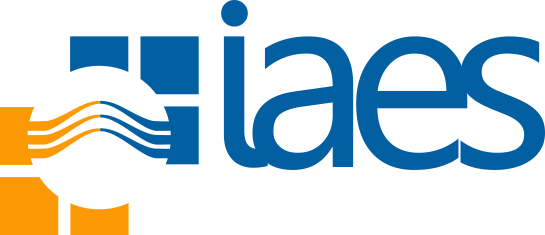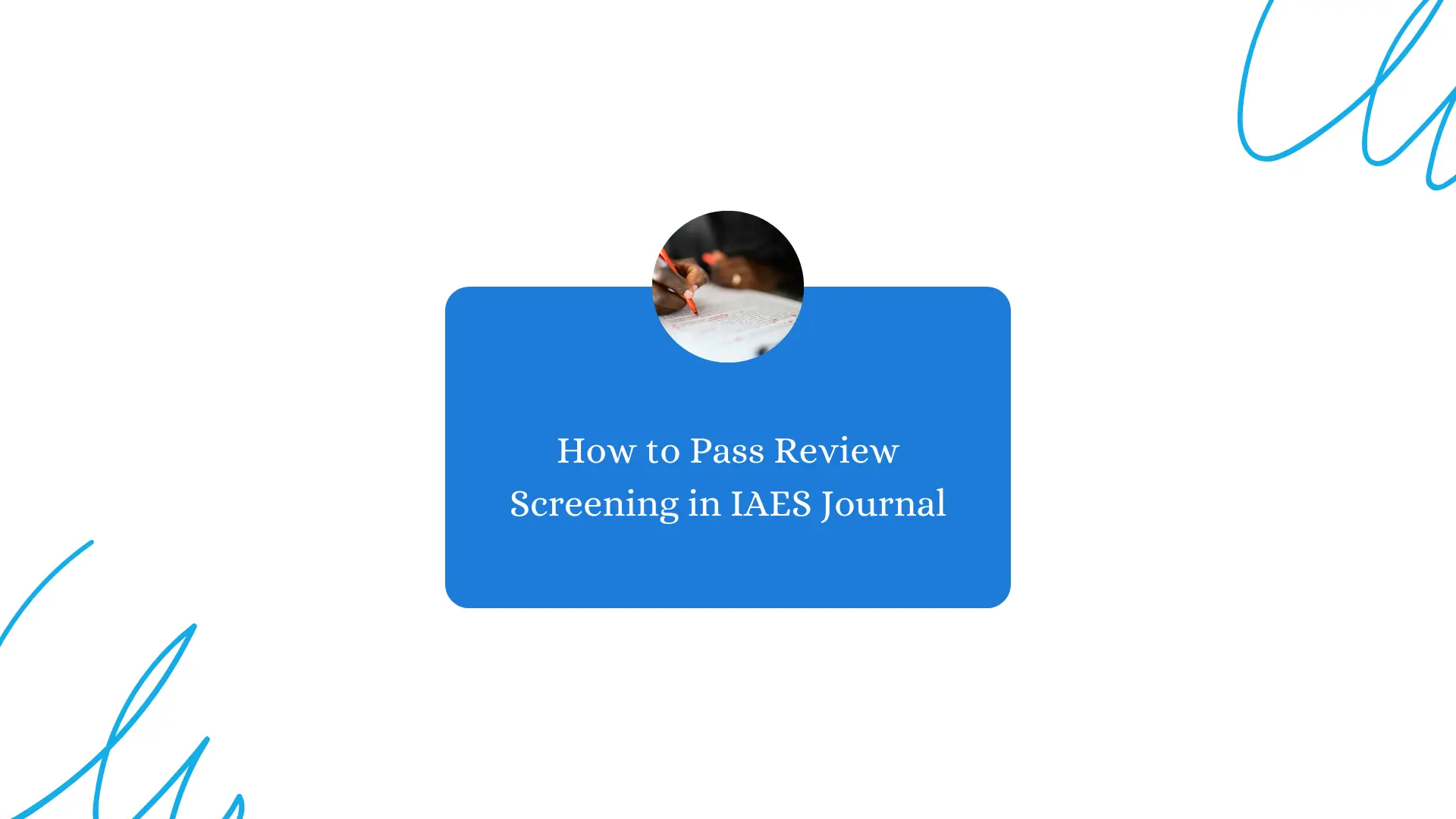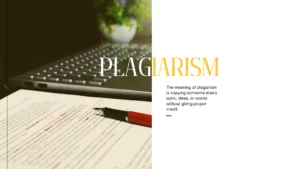Hello IAES colleagues!
Have any of you wondered, “How is the article review process in IAES journals?” or “Why was my article rejected even though the concept of the article is being discussed?”
In general, all articles will go through a process of checking by people who are in the field of the article you are submitting. The checking process is an assessment of authenticity known as similarity check, compatibility with the scope of the journal, concept, methodology, analysis, discussion, and conclusion.
Before getting to that stage, IAES applies an initial checking system, the IAES team usually calls it a “basic requirement check”. Usually at this stage, many articles will fall. According to Yahya (IJECE Journal administrator) and Manek (IJEECS Journal administrator), no more than 50% of articles pass the basic requirement check every day.
For your article to pass the basic requirement check, you need to pay attention to some important points in writing. There will be 10 points that you need to avoid when drafting or writing your article. Number 9 is often missed.
1. Inappropriate writing format.
The first thing the journal administrator will check is the first page of your submitted article. If the first page does not match the IAES template, your article will be rejected without looking at the entire article. You need to download the article template published by IAES. Why is that? Because we believe that at least moving to a template is simple, but it shows that you intend to submit to IAES (specific) journals.
2. Single author
Writing with a partner will add credibility to an article, which means that it has been reviewed by several people, resulting in an article with in-depth analysis and discussion.
3. Discrepancies between the author and the person submitting the article
Information on the sender of the article that is different from all contributors (authors) is a suspicion that the article comes from a third party. From the publisher’s side, articles submitted by third parties sometimes hamper the publishing process. Often the revision process is hampered because the editor cannot communicate directly with the author. Read more about this here.
4. There is no citation
Writing an article is not only for the benefit of the writer involved, but many people will read the article. With citations, readers or other writers can trace the source of reference. To facilitate article citation, you can use Mendeley or Zotero.
5. Inappropriate citation style
Often authors use citations that are not by the provisions in IAES. The citation style in IAES uses the “IEEE style”. If you are currently writing an article with a citation style that is different from the IAES requirements, you can use Mendeley or Zotero to adjust to the IAES citation style.
6. Disordered citations.
Citations are mentioned in order from small numbers to large numbers, for example [1], [2], [3], and so on. This is done so that no 1 citation is missed. This out-of-order citation can be overcome by using a reference manager such as Mendeley or Zotero. By using a reference manager, your citations will be organized automatically.
7. No author information and correspondence address
Since 2022, IAES journals require author biographies so it is mandatory for authors to include their name, email address, and institution. On page 1, authors must provide all author names, affiliations, and correspondence addresses. Writing information and correspondence addresses makes it easier for editors to contact authors in the review process until publication. Writing author information and correspondence address is useful for IAES to avoid third parties submitting articles as discussed in point 3 (Differences between authors and people who send articles).
8. Self-citation
It is undeniable that the number of cited articles can increase the reputation of the author. However, this is not good if there are too many self-citations, as it will lead to the assumption of being a predatory journal. At IAES, we allow authors to self-cite no more than 5 articles.
9. A lack of references
The number of references is one of the easiest for journal administrators to check after point 1 (inappropriate writing format). After checking page 1, you can immediately check the references. If less than 25, the article will be rejected immediately. The number of references of 25 can be an indicator that the author reads a lot of similar journal articles to enable more detailed analysis and discussion and make comparisons with various other sources. In addition, too many references that are not up-to-date (the last 5 years for engineering journals and 10 years for humanities journals) will also be taken into consideration.
10. Double submission check
IAES has an integrated system that checks whether the article is also submitted to other journals. So, if there are people who are known to do double submission, they will be dealt with firmly. The action taken is by the case committed, the actions include: Suspend 1 year, Suspend 3 years, and Suspend forever.
Hopefully, the 10 points above will help you in writing your article. We look forward to seeing your article in the IAES journal.
By: Zly Wahyuni




